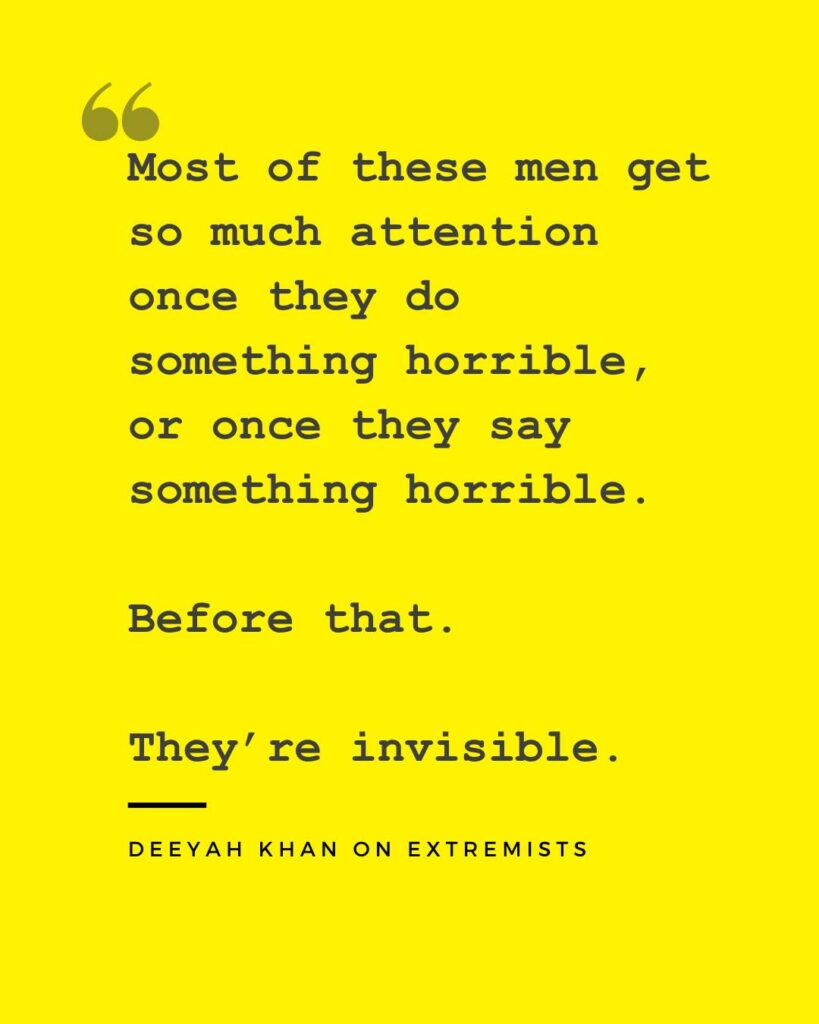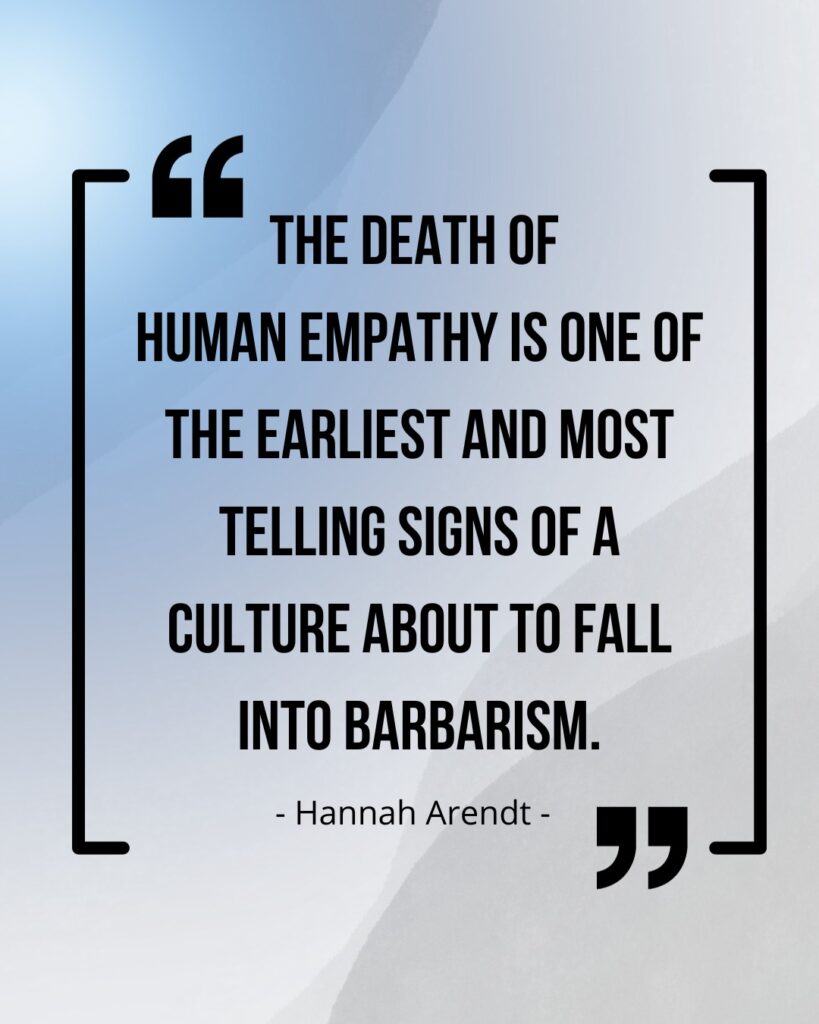The idea of trauma might conjure ideas of specific, horrific events.
We hear of PTSD (post-traumatic stress disorder) following wars or natural disasters, or someone being traumatised by witnessing a tragedy.
But the truth is that the vast majority of people have experienced trauma to some degree, and with different degrees of consequences. While people can still lead meaningful lives of connection, many don’t, and fall between the cracks.
As part of a Mental Health Alliance, I worked for a while with vulnerable people in the community who received free assistance towards recovering from a point of crisis. This was a real eye-opener for me to understand the sheer prevalence and depths of trauma.
Trauma isn’t just about one-off traumatic events – it can also be the result of prolonged periods of coping or suffering, which take their toll on a person’s general outlook. For example parental neglect, a controlling partner, or receiving long-term negative bias. Even being a long-term carer for a loved one, where repressed resentment leads to guilt and shame that goes unheard.
The resulting belief system that can result from traumatic experiences broadly fall into three categories – a fear of being powerless, a fear of being defective, and a fear of being unsafe. A single traumatic event like an assault can easily lead to all three.
These are such core effects on the self-image that everything the person experiences after can be through a tainted lens.
How trauma can bury itself
Trauma can bury itself deep within the psyche and body, creating defensive coping mechanisms that aim to protect the person. Over time these patterns can become conditioned automatic responses, feeling second nature to the person to the degree that the traumatic-based causes can become a blind-spot.
The coping mechanisms won’t always be rational – for example obsessive-compulsive behaviours (which are often based around safety). The person might even seek to recreate unsafe environments or relationships as an ironic way of feeling safe – because such things became normalised as part of the trauma.
Automatic coping strategies can also include a certain amount of psychological or emotional distancing. This isn’t just from other who may pose a threat, but also from one’s own ability to feel. It can feel unsafe to acknowledge certain vulnerabilities or feelings, so they become denied – amputated from conscious awareness.
A result of this is that the same feelings can be denied or overlooked in others – it’s simply too painful for the unconscious mind to acknowledge the existence of these feelings.
Where a person has had their feelings neglected and/or invalidated by a parent/carer/partner for example, or worse – made to feel defective and broken for having such feelings, the very idea of feeling can then become tied with feeling defective.
Talking about real feelings then becomes extremely difficult, because the very idea of it feels unconsciously threatening and dangerous. A myriad of mechanisms will have developed to avoid this – amplifying other surrounding feelings, a complete lack of willingness to ‘go there’, energised defensiveness if those areas are approached.
Often these are effects that a person is ill-equipped to even recognise, let alone talk about. The underlying anxieties can also be masked by automatic confabulations – strategic aversions to certain things explained away with normal sounding reasons.
For these reasons, dealing with trauma requires a great deal of sensitivity and awareness from a practitioner, someone who is able to recognise the things that aren’t said or recognised as much as those that are. Typically, trauma won’t be recognised at all and will remain hidden.
Polyvagal trauma theory
Stephen Porges’ polyvagal theory offers a great insight into the physiological effects of trauma.
It offers a model of how the evolutional development of the brain, it’s instinctive adaptive learning mechanism, and influence on the body have shaped how we receive and respond to trauma.
Briefly, a person can only access their higher-cortical (developed brain) areas for things like critical reasoning, decision making, accurate emotional analysis and suchlike, when they feel safe.
When a person doesn’t feel safe, particularly where trauma has led to certain associations, a more primal system becomes active instead, shutting down these higher areas.
A feeling of being unsafe can be triggered with something as simple as a frown, a raised voice, an angry tone, a lack of response, even noisy environments or the presence of strangers – anything the mind has associated depending on prior experience.
In this unsafe state, a neutral face can be mistaken as fearful, a fearful face can be mistaken as angry.
Think about it – how often are people operating from more nervous, primal systems, where others are quick to judge and further reinforce their feelings of unsafety?
How many therapists, counsellors and mental wellbeing practitioners make a genuine effort to ensure their clients feel safe?
Here’s a brief video of Stephen Porges explaining it, it’s only four minutes:
The trauma epidemic
I’ve come to recognise that everyone has a degree of trauma.
Life and all it’s varied experiences and curveballs is simply impossible to navigate without some extreme moments of powerless, danger, or feeling broken.
Many people have experienced childhoods with varied aspects of neglect, invalidation, criticism, bullying, outright danger, or being witness to physical, emotional or sexual abuse.
Those who create these situations will most likely themselves be victims of trauma – their own defense mechanisms and exagerated needs for control acting out against others. A lack of empathy caused by emotional distancing can often blind people entirely from the effects they’re causing – they can no longer relate to the feelings of the people they’re affecting.
And so the cycle continues.
In today’s world, where everyone is seemingly distracted by their phones, updates, interuptions, the threat of financial risk, employment instability, viral pandemics, international war, untrustworthy governments – most parents are surely struggling to cope with managing their own lives more than they’d admit.
Is there really always the mental space and inclination to provide a truly nourishing environment to grow up in? For feelings and individuality to be recognised and validated? For true listening to occur between people, where they genuinely enquire and provide an open space for an honest talk?
The problem of cyclic trauma is further buried by a growing reliance on social media – the reality can conveniently hide behind the distractions of crafting an impression of life for the outside world.
And so the cycle continues.
The true tragedy of trauma
If you asked someone to describe what comes to mind when thinking of someone who’s suffered trauma, they’d probably say something along the lines of “someone who’s quiet, reserved, introverted, probably finds it hard making friends or getting stuck into life”.
Someone who’s a bit shell-shocked by their experience basically, so is cautious and timid.
But there are no strong correlates – such is the emotional complexity of the effects it can create.
People can become highly successful from overcompensating for a fear of being defective, driven by a deep desire for approval.
Depending on the specific cocktail of experience (e.g. violence, abuse and neglect), a person can just as easily turn to crime – and of course they frequently do.
I read one study where someone interviewed around 100 diagnosed psychopaths in prison, and found every single one had adverse childhood experiences (often called ACEs).
Repeat offenders across all levels, drug addicts resorting to theft, controlling narcissists, right-wing extremists – dig deep enough, and you’ll more than likely find a history of trauma.
The documentary maker Deeyah Khan interviewed many right-wing extremists (watch White Right: Meeting The Enemy) and found them to typically be inadequate males with experiences of neglect and invalidation, who hadn’t been able to form nourishing connections to fulfill their needs. The idea of ‘belonging’ to something that also provides a way to express rage is somehow arrived at as a clumsy solution for those needs. The lack of empathy so easily caused by fears of defectiveness blinds them to the distanced idea of others’ suffering as a result of their actions. Of course all kinds of nonsense confabulations kick-in to justify the unconscious drives.

None of what I’m writing here is intended to excuse criminal behaviour. People are still of course responsible for their actions, and the effects they cause others.
My bigger concern is how we approach the epidemic of trauma from a systemic, societal perspective.
Currently, their is a clear lack of awareness around the causes and effects of trauma and ACEs.
There is also a complete lack of training and awareness along various crucial points of contact – for example the police, who frequently bear witness to consequences of trauma not just with suspects and criminals but of course victims, as well as the growing problem of mental health.
The state can be like an amplified version of the struggling parent who neglects the true needs of their misbehaving child and stops listening. Instead they’re managed, pigeon-holed, and further invalidated.
Unfortunately, emergency services are already saturated and at breaking-point.

And so the cycle continues.
If you want to learn more about trauma, “The Body Keeps the Score: Brain, Mind, and Body in the Healing of Trauma” by Bessel van der Kolk is an excellent, classic book giving an overview of trauma as well as treatments.
I appreciate this is a sensitive area to discuss, so I hope to have kept it informative in a way that isn’t too challenging. If you have any thoughts or feedback, please feel free to share below.

Leave a Reply